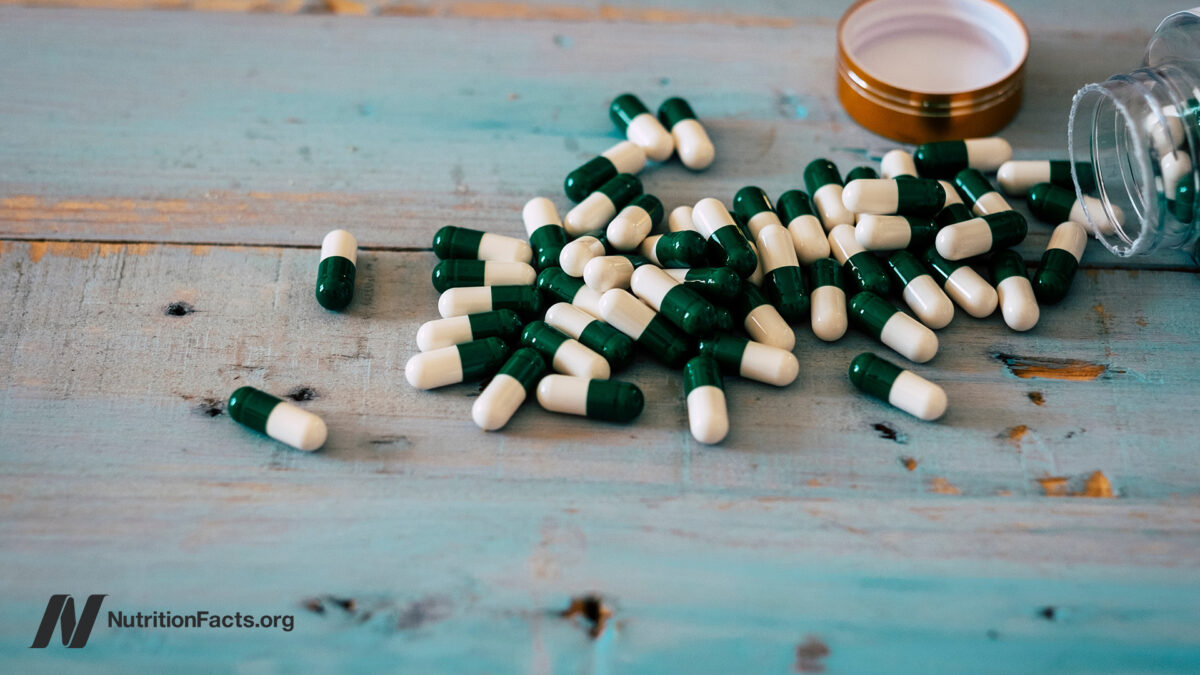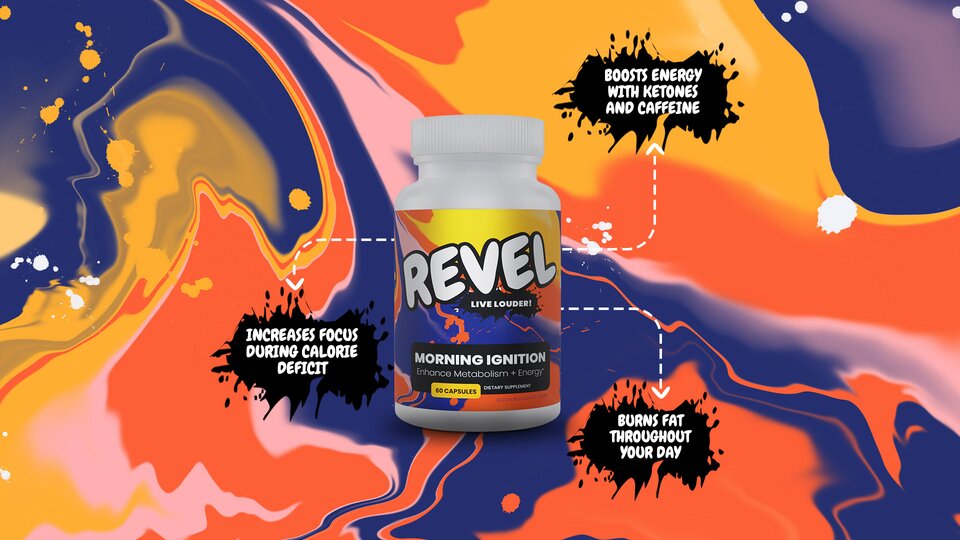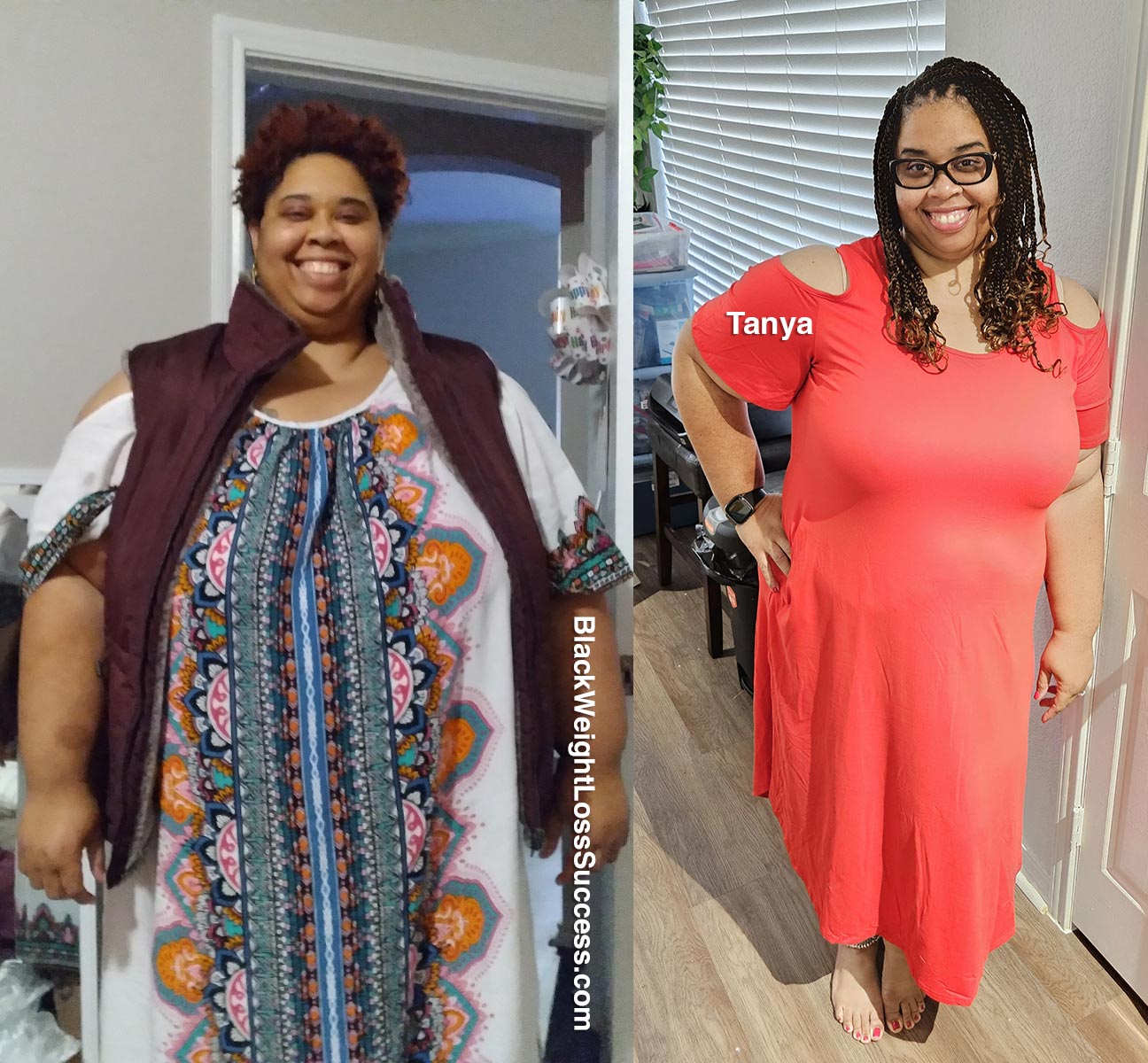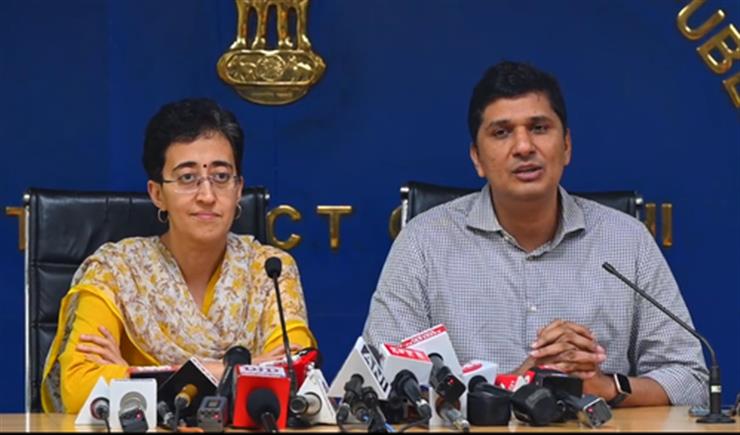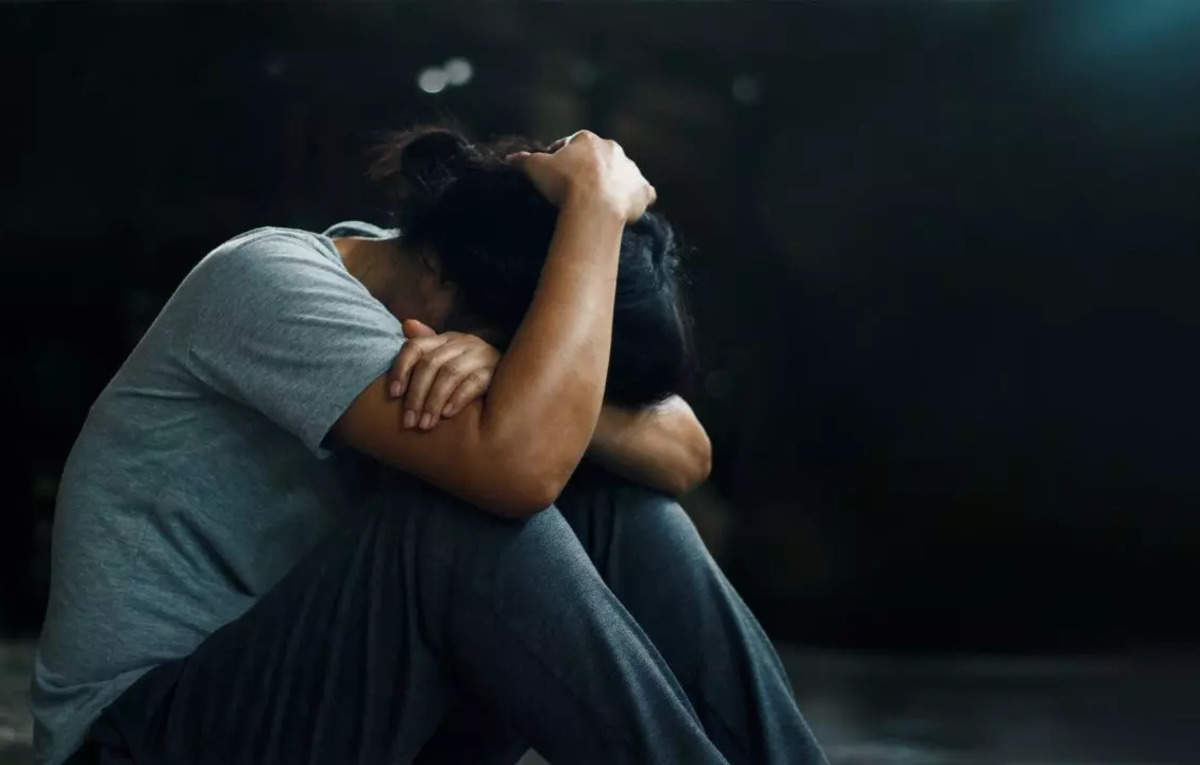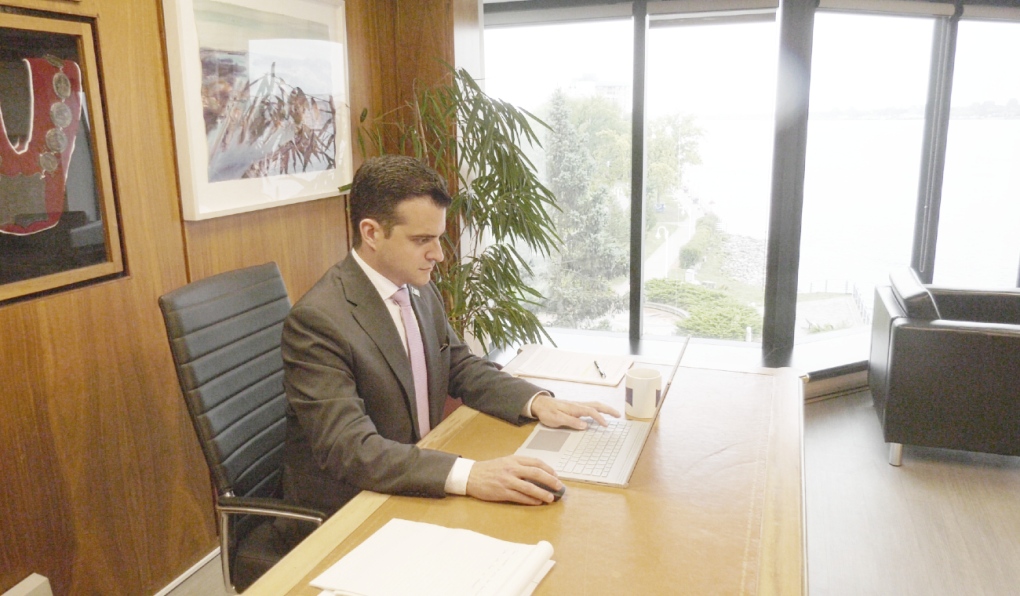If you want to understand the basics of Post Traumatic Stress Disorder or delve deep into the intricacies of PTSD, its causes, symptoms, treatment options and coping tips of this mental health condition to empower you or your loved ones to overcome its challenges, you have come to the right place. Post Traumatic Stress Disorder, commonly known as PTSD, is a mental health condition that affects people of all ages, backgrounds and professions and it can develop in individuals who have experienced or witnessed traumatic events, which could range from accidents, natural disasters, combat, physical or emotional abuse, to the loss of a loved one.

Causes of PTSD:
In an interview with HT Lifestyle, Dr Siddhika Ayyer, Consultant – Psychiatrist at Gleneagles Global Health City in Chennai, shared, “The underlying cause of PTSD lies in the way the brain responds to traumatic events. When an individual experiences a traumatic incident, the brain may perceive it as a threat to survival, triggering the body’s “fight or flight” response. In some cases, this response may not subside even after the danger has passed, leading to the development of PTSD.”
Dr Girishchandra, Senior Consultant – Psychiatry at Aster CMI in Bangalore, revealed, “Post-traumatic stress disorder (PTSD) is a psychiatric condition that can happen if a person experiences a traumatic event, leading them to feel helpless, scared and shocked. Sometimes any type of incident can be traumatic to some people. It can have deep-rooted effects, including anxiety attacks, inability to sleep and flashbacks. Any kind of abuse, losing a loved one, accidents, witnessing war or violence very closely could be the possible triggers. Any event that triggers fear, helplessness or shock may lead to post-traumatic stress disorder.”
Dr Harsha GT, Consultant – Psychiatrist at Manipal Hospital in Yeshwanthpur, explained, “The concept of PTSD was recognised in the 19th century in war veterans where the general concept was ‘for those traumatized in a warzone, the war never ends’. PTSD is a common outcome of all types of traumatic events which is characterised by recurrent, intrusive distressing memories of the traumatic event where they have flashbacks of the traumatising event in which the individual feels or acts as if the traumatic event was recurring. There are cues, for eg, a war veteran having flashbacks upon hearing a sudden loud noise, where he may act as though he is back on the battlefield and there are associated physiological responses like elevated heart rate, raised blood pressure, and the flight or fight response is activated.”
She elaborated, “The prevalence of PTSD is about 3.76%, more prevalent amongst females. PTSD doesn’t necessarily occur after experiencing an event but can occur after witnessing the event as well. Successfully surviving a terrible accident or even watching one unfold can be extremely traumatic and life-changing. Traumas can extend to a wide variety of traumatic events, from wars and disasters to individual events such as threatened death, serious injury, and rape which are considered as big T traumas. Small t traumas are more common events like humiliation or emotional neglect, yet have a lasting effect on the self or the psyche.”
Symptoms of PTSD:
According to Dr Siddhika Ayyer, PTSD can manifest through a wide array of symptoms, which can vary from person to person but some of the most common symptoms include:
1. Flashbacks and Nightmares – Individuals with PTSD may experience intrusive memories of the traumatic event, leading to vivid flashbacks and distressing nightmares. These experiences can be incredibly distressing, causing the person to relive the trauma repeatedly.
2. Avoidance Behaviour – In an attempt to cope with the overwhelming emotions associated with the traumatic event, individuals with PTSD may avoid places, people, or activities that remind them of the incident. Avoidance behavior is a defense mechanism to protect themselves from potential triggers.
3. Hyperarousal – Hyperarousal refers to a state of heightened alertness and extreme vigilance. Individuals with PTSD may feel constantly on edge, easily startled, and have difficulty concentrating or sleeping.
4. Emotional Numbing – People with PTSD may experience emotional numbness or detachment from their surroundings. They may find it challenging to experience joy, love or other positive emotions, which can significantly impact their quality of life.
5. Negative Thoughts and Mood – PTSD often brings about negative changes in an individual’s thought patterns and mood. They may develop a pessimistic outlook, feelings of guilt or shame, and struggle with memory problems.
Dr Girishchandra highlighted, “The individual is unable to forget it even though the incident has passed. Over time, instead of getting better, the person would feel scared and restless to the extent that it can disturb one’s day-to-day living. Inability to focus, abrupt mood swings, social withdrawal, inability to sleep, feeling unsafe, crying without a valid reason, inability to cope with stress, an outburst of anger, substance abuse, and lack of interest in living, are the symptoms among adults. Children and teens may have symptoms such as bedwetting and always clinging to loved ones.”
It is normal to feel low and see the symptoms in oneself after a trauma. However, you should consider visiting a medical practitioner, if:
• Symptoms last for more than a month
• Symptoms impact one’s day-to-day living and unable to get back to normal life.
• When one experiences self-harming thoughts.
Dr Harsha GT asserted, “An additional distinction is made between interpersonal (sexual violence & physical abuse) and non-interpersonal traumas (natural disasters & road traffic accidents) revealing a higher and more severe rate of PTSD in victims of interpersonal trauma. Quality of life is impaired as there is an effort to avoid external reminders where they try to avoid thinking or talking about the traumatic event, avoid places, activities, or people that remind them of the traumatic event in fear of the trigger of an acute episode of a panic attack or that arouse distressing memories of the traumatic event. In addition, there is a persistent inability to experience positive emotions e.g., inability to experience happiness, difficulty maintaining close relationships, feeling detached from family and friends, and lack of interest in activities once enjoyed. They plan their life in an effort to control and lessen the long-lasting impacts of the traumatic event.”
Diagnosis and treatment:
Pointing out that diagnosing PTSD requires the expertise of qualified mental health professionals, Dr Siddhika Ayyer said, “They will conduct a thorough assessment, evaluating the individual’s symptoms and the impact of the traumatic event on their daily life. The treatment for PTSD typically involves a combination of psychotherapy, medication, and support from loved ones. Cognitive-Behavioral Therapy (CBT), in particular, has proven to be highly effective in helping individuals reframe negative thought patterns and develop healthier coping mechanisms. Medications such as Selective Serotonin Reuptake Inhibitors (SSRIs) may also be prescribed to manage associated symptoms like anxiety and depression.”
Dr Girishchandra added, “PTSD is a complex disorder, and the treatment is multidimensional, which comprises counselling sessions and medications. The therapy sessions would include psychotherapies such as cognitive behavioural therapy, Eye Movement Desensitization and Reprocessing (EMDR), and Prolonged Exposure Therapy (PE). Your doctor can help you to plan treatment depending on the severity of the trauma. In addition, exercise, physiotherapy, Yoga and meditation sessions help. Do practice self-care and do not hesitate to seek social support and a safe environment which are a crucial element of the treatment.”
Bringing her expertise to the same, Dr Harsha GT said, “Receiving emotional support, learning relaxation techniques, and encouragement to speak about their experiences will decrease the distress associated with PTSD. Eye movement desensitization and reprocessing (EMDR) helps with intrusive memories, nightmares, inability to connect emotionally in relationships, and general numbness. Graded exposure therapy – where patients are gradually exposed to cues associated with traumatic memories in order to desensitize them of the event. With repetition, the painful effects of the memories are reduced until they are no longer distressing.”
She suggested, “Alternative approaches –For children who have experienced sexual abuse, play therapy, in which trauma experiences are elicited through art or play material. Yoga is also another non-conventional intervention applied to reduce symptoms of PTSD. The psychological issues resulting in occupational dysfunction can be combated with recognizing the symptoms and receiving the right treatment. From a clinical perspective, training and creating general awareness in order to recognize and encourage to seek treatment. This will help in alleviating the current mental health treatment gap experienced in India.”
Coping strategies:
Dr Siddhika Ayyer opined that coping with PTSD can be challenging but with the right strategies, it is possible to regain control of one’s life. She recommended some coping mechanisms that individuals with PTSD can adopt:
1. Seeking Professional Help – Reaching out to a licensed therapist or counselor experienced in treating PTSD is crucial. They can provide the necessary guidance and support throughout the recovery process.
2. Joining Support Groups – Engaging with others who have experienced similar traumas can be immensely helpful. Support groups offer a safe space for individuals to share their stories, exchange coping strategies, and provide emotional support to one another.
3. Practicing Mindfulness – Mindfulness techniques, such as meditation and deep breathing exercises, can help individuals manage anxiety and intrusive thoughts. Focusing on the present moment can promote a sense of calm and reduce stress.
4. Maintaining a Healthy Lifestyle – Prioritising physical health by engaging in regular exercise, getting enough sleep, and consuming a balanced diet can positively impact mental well-being.
5. Engaging in Creative Outlets – Art, music, writing, and other creative pursuits can serve as therapeutic outlets for individuals with PTSD. Expressing emotions through creative means can aid in processing trauma.
Dr Siddhika Ayyer concluded, “Understanding the basics of Post Traumatic Stress Disorder (PTSD) is essential for anyone seeking to navigate its complexities or support those affected by it. PTSD is a serious mental health condition that requires compassionate and informed care. If you or someone you know is struggling with PTSD, remember that help is available. Reaching out to a mental health professional and adopting coping strategies can make a significant difference in the journey towards healing and recovery.”
Always remember, you are not alone on this path. With the right support and resources, it is possible to overcome the challenges of PTSD and lead a fulfilling life.














